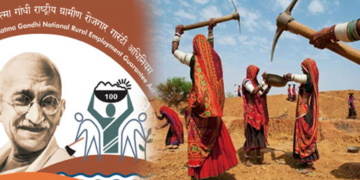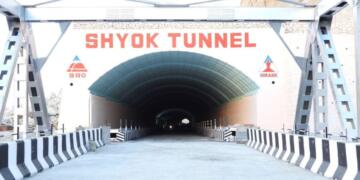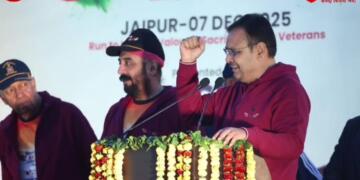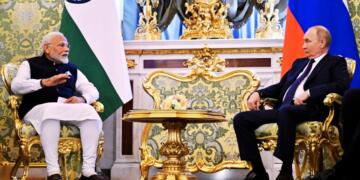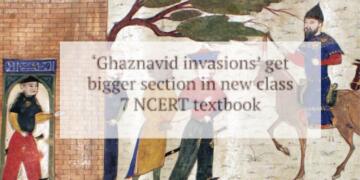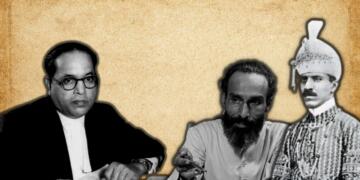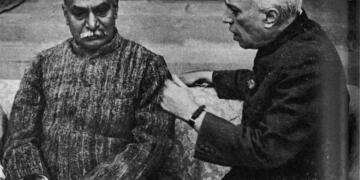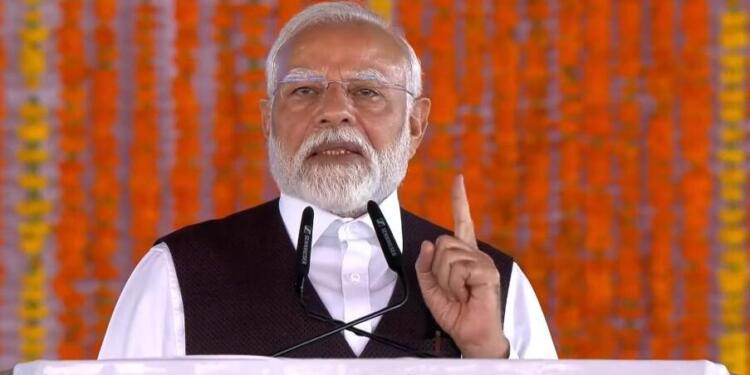Since 2014, the government under Prime Minister Narendra Modi has placed a strong focus on digital innovation as a key part of its development agenda. The launch of the Digital India campaign on July 1, 2015, marked a major step toward using technology to close gaps in access, streamline governance, and reach citizens more effectively — especially those in rural and underserved areas, with Direct Benefit Transfers making the biggest impact.
But Digital India was never just about moving services online. It was a broader effort to make government more accessible, transparent, and citizen-focused through the smart use of technology.
Over the years, this vision has taken shape across the country. Whether it’s a villager receiving a subsidy directly into their bank account, a student accessing documents on their phone, or a pensioner submitting a life certificate digitally — millions are now experiencing public services in faster, simpler, and more dignified ways.
In the past 11 years of Narendra Modi government, one of the biggest game-changers has been the rollout of Direct Benefit Transfers (DBT). Instead of handing out welfare through layers of paperwork and middlemen, the government now sends funds directly into people’s bank accounts.
Today, over 322 government schemes are covered under DBT, cutting across 56 ministries. The impact? More than ₹44 lakh crore has reached the beneficiaries without delays or leakage. And by cutting out inefficiencies, the government has saved over ₹3.48 lakh crore.
This shift has helped make welfare delivery smoother, faster, and more transparent — something that was unthinkable just a decade ago.
Aadhaar: A Digital Identity for Every Indian
Nearly every Indian today has an Aadhaar card, a unique 12-digit number that serves as a digital ID for everything from opening a bank account to getting subsidies.
With over 150 billion Aadhaar-based transactions and a reach that covers nearly all of India’s 1.4 billion people, Aadhaar has laid the foundation for a connected India — one where services can be delivered with just a fingerprint or a digital scan.
DigiLocker: Say Goodbye to Carrying Documents Around
Gone are the days of keeping bulky files of certificates and ID proofs. With DigiLocker, anyone can access their important documents — like driving licences, PAN cards, and academic records — directly from their phone.
As of now, more than 52 crore Indians are using DigiLocker, and over 852 crore digital documents have been issued. That’s not just efficient — it’s environment-friendly too.
Jeevan Pramaan: Making Life Easier for Pensioners
For millions of India’s elderly, just proving they’re still alive to keep receiving pensions used to mean standing in queues at banks every year. The Jeevan Pramaan system has changed that.
Now, pensioners can submit digital life certificates from the comfort of home. Over 10 crore seniors are registered, and since late 2024, more than 143 lakh certificates have already been processed digitally.
UMANG App: A Government Office in Your Pocket
Need to check your gas subsidy? Pay an electricity bill? Apply for a new ID? With the UMANG App, you can do it all — without leaving home.
The app brings together 2,000+ government services into one easy platform. It’s used by more than 8.21 crore people, and there have already been 597 crore transactions. For many, it’s become an essential part of navigating government systems.
Taking Digital Literacy to Rural India
Not everyone in rural India grew up with smartphones or computers. But thanks to programs like the Pradhan Mantri Gramin Digital Saksharta Abhiyaan, millions are learning how to go online, make payments, and use basic digital tools.
It’s helping bridge the gap — ensuring that the digital revolution includes farmers, laborers, small traders, and women in the most remote parts of the country.
The Big Picture: Tech That Serves People
In just over a decade, Digital India has moved from being an ambitious idea to an everyday reality for millions. Whether it’s a farmer receiving subsidies, a pensioner checking in online, or a student downloading marksheets — technology is quietly doing the work.
It’s not just about going digital. It’s about making sure the digital age includes everyone — rich or poor, urban or rural, young or old.





